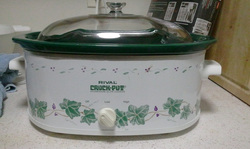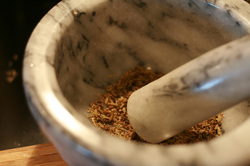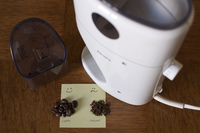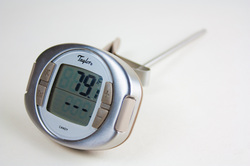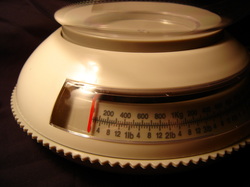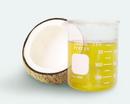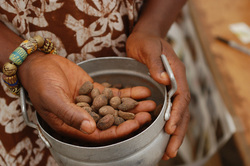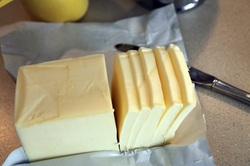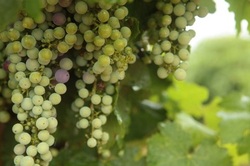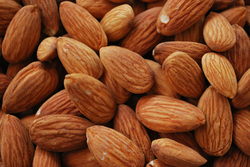HOW TO MAKE YOUR OWN SKIN CARE PRODUCTS
I've been experimenting with creating lotions and creams and I'm ready to share what I've learned. I began experimenting by reproducing recipes directly from website and books, but quickly found I was making too much product to use. I tried to pass it onto friends and family who were patient with my first attempts - well except for my sister who reported one ointment stained her sheets. I quickly determined I had to reduce my amounts, and so the following formulas are presented in "units" which can be interpreted as needed.
